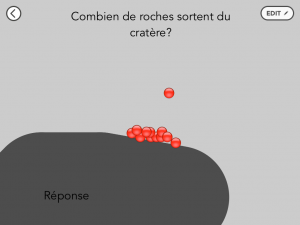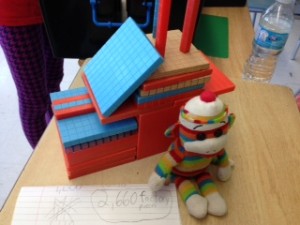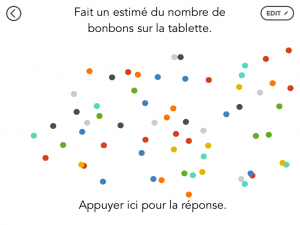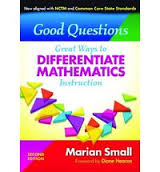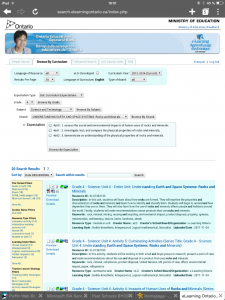Peel District School Board has been having the BYOD policy for the third year now.
http://www.peelschools.org/aboutus/21stcentury/byod/Pages/default.aspx
Students bring to school devices already, especially in high school. They have phones, tablets. Instead of being distracted by the devices, student can use them to their advantages by doing research online when they need it, for example. The smart phones are powerful computers and can be used creatively in many ways. Small devices can take pictures, record videos, can have reading apps, books, communication apps like twitter, news time-lapse videos that can be integrated with other projects on other devices. Even the simplest devices can have many potential.
Here’s an example of an experiment I was doing today. As I was doing the experiment, 5 students with devices wanted to film me. The experiment was tapping the rusty balls together with one ball covered with aluminium paper. All wanted to see the flame it produces. They created the videos and I selected a picture from the video of my students. We see the flame it produces. The advantages of this is that it gets students excited about the science experiment and use the technology that they taught themselves to use.

The disadvantage of this particular experiment is that the students might post it online. Although I like the experiment, I do not necessarily want my picture to appear on the Internet. The other disadvantage is that we hear some names of the students and I would not want this to be shared when this young.
One advantage of having BYOD, students can take videos, of the work they do. Here, we have an experiment, TomatoSphere with tomato seeds from space and from Earth. The student who is doing this experiment can bring his own device and take pictures of the development of the seeds that can be compiled later on to make a time-lapsed video.
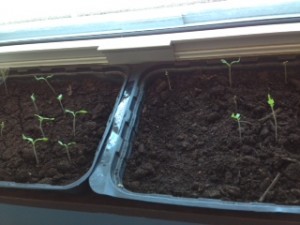
Productive and fun work is contagious. This is a Saturday picture. I had to take the picture because I was observing two children working on an iPad during a music concert. Of all things, the children in from of me (not my students) were using their iPad, to be quiet during the recital but I was quite happy to see that they were using Hopscotch on their own time. Students can continue their learning at home using the same app they use in class if they like it. Happily playing at doing math on a Saturday night seems a good extension of class learning.
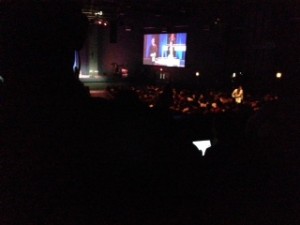
At our school, we do not have enough iPads for every student, but for every 2 students when we use them. Students who have their own devices, have the opportunity to have their own device and not having to share them. They can continue at home. I had in the past students working at home on projects I had not asked them to work on, just because they enjoyed working with the applications.
To keep the devices safe, I lock the classroom and the devices are safe. I also have locked cabinet to store devices. I never had any devices stolen or lost. When in other classes, devices were misplaced, students found them and brought it to the office where it could be retrieved. Another issue that may happen is beverages and food near the devices. When using devices, I ask all students to place their water bottles on the floor and not on their desk while working with a device, while the food needs to be tucked away in their lunch bags. In this way, we avoid spills that may damage equipment.
An other issue that may arise with BYOD is students forget to charge their devices. Some students had cables to charge their devices. Devices should come to school fully charged. Cords can be a tripping agent and is not safe. In that regard, I will not allow devices to be charged in the classroom.
In the first year of introduction, it some time to train the students to leave the devices in the classroom and not bring them outside. Some neighbors had their Internet access without passwords and students were able to use the Internet on school property. We are vigilant to ensure devices are left inside during recess and recess can be used for what it is supposed to be.
Students are instructed in our character attributes: respect, honesty, kindness so everyone feels at ease with respecting the rules and other people’s privacy.


